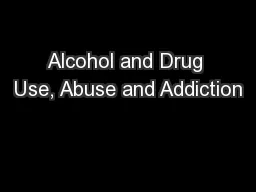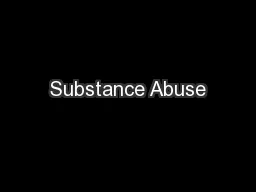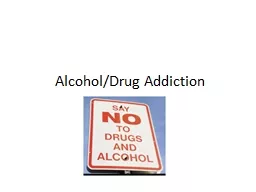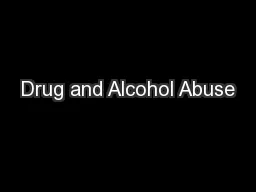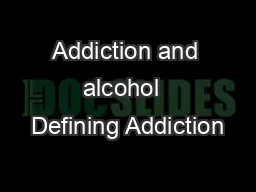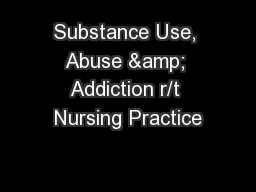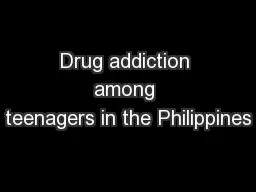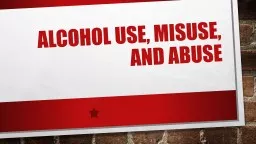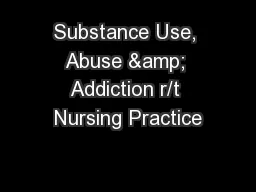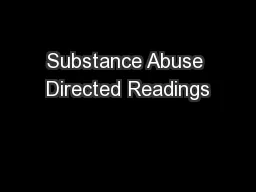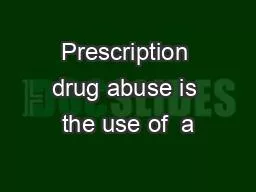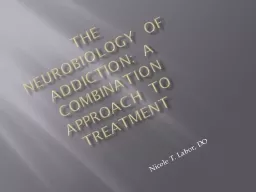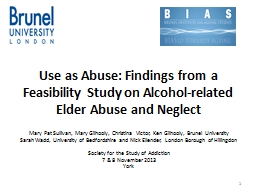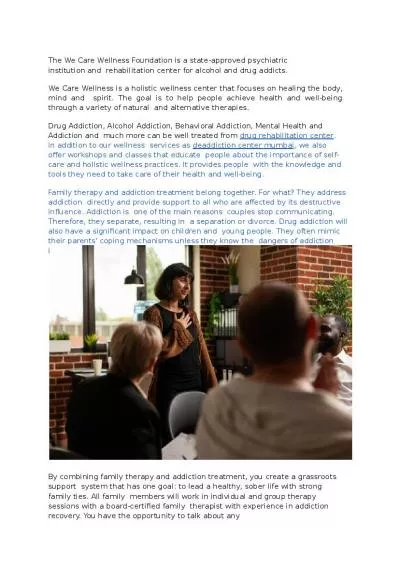PPT-Alcohol and Drug Use, Abuse and Addiction
Author : kittie-lecroy | Published Date : 2016-06-28
A Safety and Violence Prevention Curriculum Module Three Click on the link below to access the resource pages needed to complete this module You will need to
Presentation Embed Code
Download Presentation
Download Presentation The PPT/PDF document "Alcohol and Drug Use, Abuse and Addictio..." is the property of its rightful owner. Permission is granted to download and print the materials on this website for personal, non-commercial use only, and to display it on your personal computer provided you do not modify the materials and that you retain all copyright notices contained in the materials. By downloading content from our website, you accept the terms of this agreement.
Alcohol and Drug Use, Abuse and Addiction: Transcript
Download Rules Of Document
"Alcohol and Drug Use, Abuse and Addiction"The content belongs to its owner. You may download and print it for personal use, without modification, and keep all copyright notices. By downloading, you agree to these terms.
Related Documents

